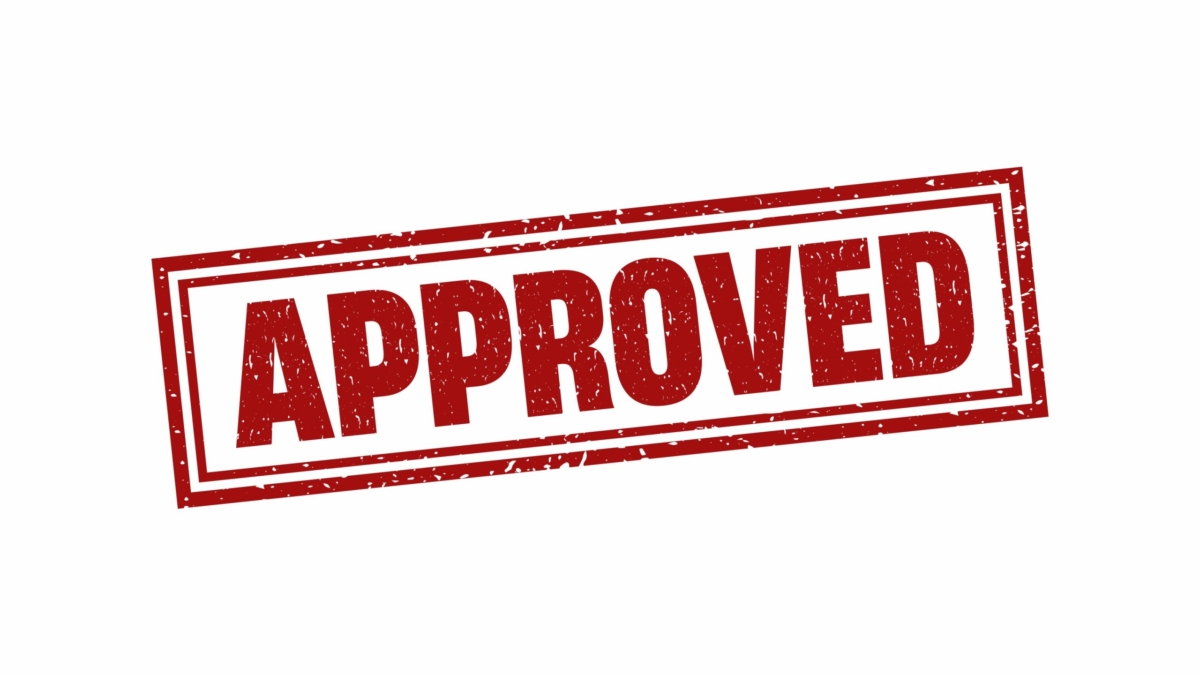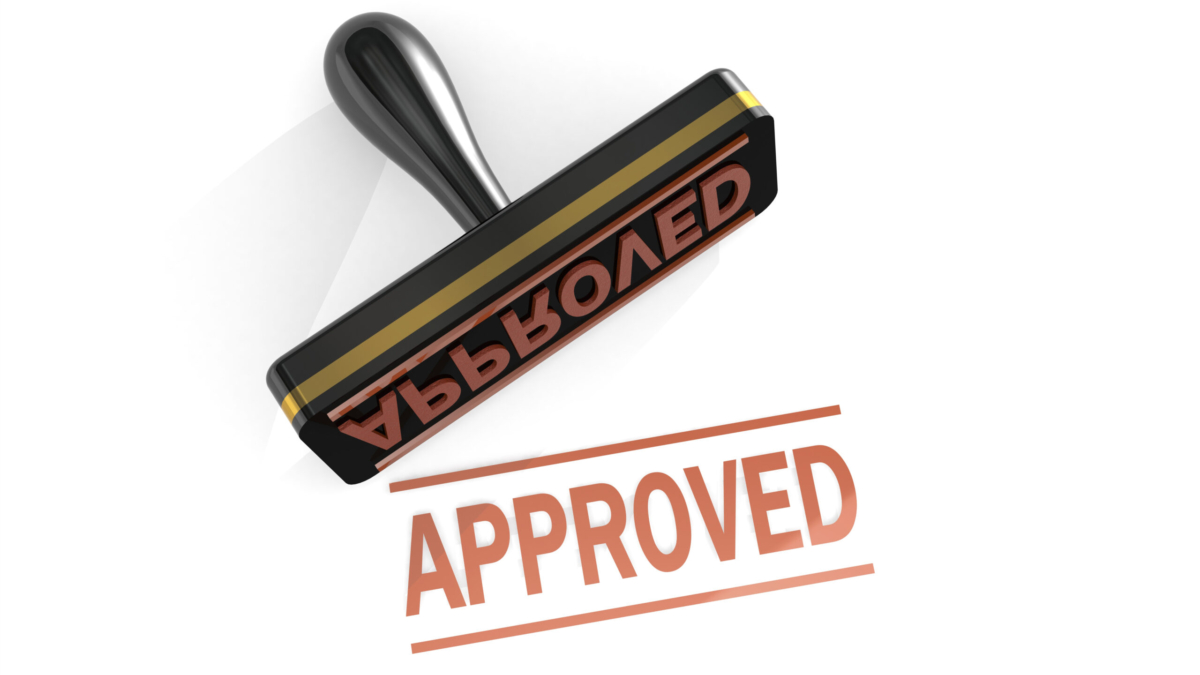Blockchain technology is revolutionizing industries across various sectors, but its role in equipment financing is still in the early stages. While blockchain has great potential for transforming how businesses secure financing, its adoption remains a bit limited. Most equipment financing today is still handled through traditional lenders, but companies are beginning to explore how blockchain can enhance transparency, security and efficiency.
Some financial institutions are experimenting with it to streamline processes and reduce fraud. As this technology continues to evolve, it may create new financing solutions beyond traditional lenders, allowing businesses to scale without unnecessary constraints. However, working with an alternative lender, like Global Financial & Leasing Services offers these benefits today. How? We’re not constrained to credit scores. Instead, we look at your financial story. In addition to being a direct lender, our broad network of financial partners and lenders gives us access to various funding options. This means we can explore multiple avenues to find the best fit for your business, increasing the likelihood of approval.
Potential for Increased Transparency in Equipment Financing
One of blockchain’s advantages is it creates transparency. As a decentralized ledger, blockchain records every transaction in a secure, absolute format. This ensures that all parties involved — lenders, borrowers, and regulators — can access a verified, tamper-proof record of financing agreements.
This level of transparency could minimize disputes, expedite approval processes, and foster trust between applicants and lenders. Borrowers would gain real-time insight into their financing terms, payments and outstanding balances, while lenders could efficiently track loan repayments and collateral. Additionally, blockchain’s ability to provide instant data access could help businesses with multiple locations manage their financing details effortlessly.
Enhancing Security and Reducing Fraud
Fraud is a persistent issue in equipment financing, from forged documents to inflated asset valuations. Blockchain has the potential to mitigate these risks by creating an unchangeable record of transactions, making fraudulent activities significantly more difficult to execute, protecting borrower and lender alike.
Plus, blockchain’s smart contracts — self-executing agreements with predefined conditions — could add an extra layer of security. These digital contracts automatically enforce terms, ensuring transactions proceed as agreed without intermediaries. This feature would not only minimize fraud risk but also accelerate loan approvals, enabling businesses to acquire equipment more quickly.
The Possibility of Streamlining the Financing Process
If you’ve ever applied for equipment financing the traditional way, you know how time-consuming and complex it can be. Blockchain has the potential to simplify and accelerate the process by automating financial transactions and reducing paperwork.
Blockchain-powered lending platforms could allow businesses to apply for financing, undergo verification and receive funds much faster than conventional methods. This could be especially beneficial for small and mid-sized businesses that require quick access to equipment to maintain operations and meet market demands. GFLS’s streamlined application process already drastically cuts down on approval time, plus gives applicants a direct line to decision makers, meaning financing is often approved within days, not weeks or months.
Another major advantage would be improved data accuracy. Blockchain’s decentralized system could ensure records are updated in real-time and verified across all stakeholders, reducing errors and administrative time. This could make financing more accessible, even for businesses with less-than-perfect credit histories.
The Future of Blockchain in Equipment Financing
Blockchain’s role in equipment financing is still evolving, and while its full-scale adoption is not yet a reality, its potential is there. As more financial institutions and businesses explore blockchain-based solutions, we may see:
- Faster loan approvals: Automated verification and smart contracts could cut down on paperwork and speed up decision-making.
- Lower costs: Eliminating intermediaries might reduce administrative fees and operational expenses for both lenders and borrowers.
- Greater accessibility: Peer-to-peer lending networks powered by blockchain could open financing opportunities for businesses that struggle with traditional lenders.
- Improved regulatory compliance: Blockchain’s transparent, immutable records could simplify compliance with financial regulations, minimizing audit risks and legal complications.
Looking Ahead and in the Meantime
Equipment financing is evolving, and blockchain is a technology that has a lot of promise. However, while some lenders are beginning to experiment with it, mainstream adoption remains a work in progress. Our experts recommend staying informed about how blockchain could impact equipment financing in the coming years, but for now, build a partnership with an alternative, direct lender, like GFLS. While blockchain may play a more significant role in the future, we focus on providing practical, accessible financing solutions today.
If you’re looking for a lender that understands alternative financing needs, contact us today to learn how we can help your secure equipment financing tailored to your business.










